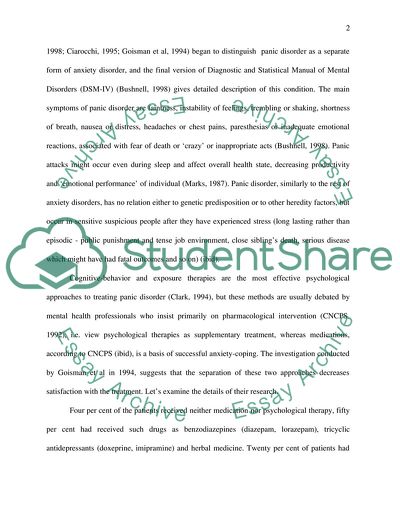Cite this document
(Psychological vs Pharmacological Interventions for Anxiety Disorder Assignment, n.d.)
Psychological vs Pharmacological Interventions for Anxiety Disorder Assignment. Retrieved from https://studentshare.org/psychology/1704983-critically-consider-the-relative-merits-of-psychological-versus-pharmacological-interventions-for-anxiety-disorder
Psychological vs Pharmacological Interventions for Anxiety Disorder Assignment. Retrieved from https://studentshare.org/psychology/1704983-critically-consider-the-relative-merits-of-psychological-versus-pharmacological-interventions-for-anxiety-disorder
(Psychological Vs Pharmacological Interventions for Anxiety Disorder Assignment)
Psychological Vs Pharmacological Interventions for Anxiety Disorder Assignment. https://studentshare.org/psychology/1704983-critically-consider-the-relative-merits-of-psychological-versus-pharmacological-interventions-for-anxiety-disorder.
Psychological Vs Pharmacological Interventions for Anxiety Disorder Assignment. https://studentshare.org/psychology/1704983-critically-consider-the-relative-merits-of-psychological-versus-pharmacological-interventions-for-anxiety-disorder.
“Psychological Vs Pharmacological Interventions for Anxiety Disorder Assignment”. https://studentshare.org/psychology/1704983-critically-consider-the-relative-merits-of-psychological-versus-pharmacological-interventions-for-anxiety-disorder.


